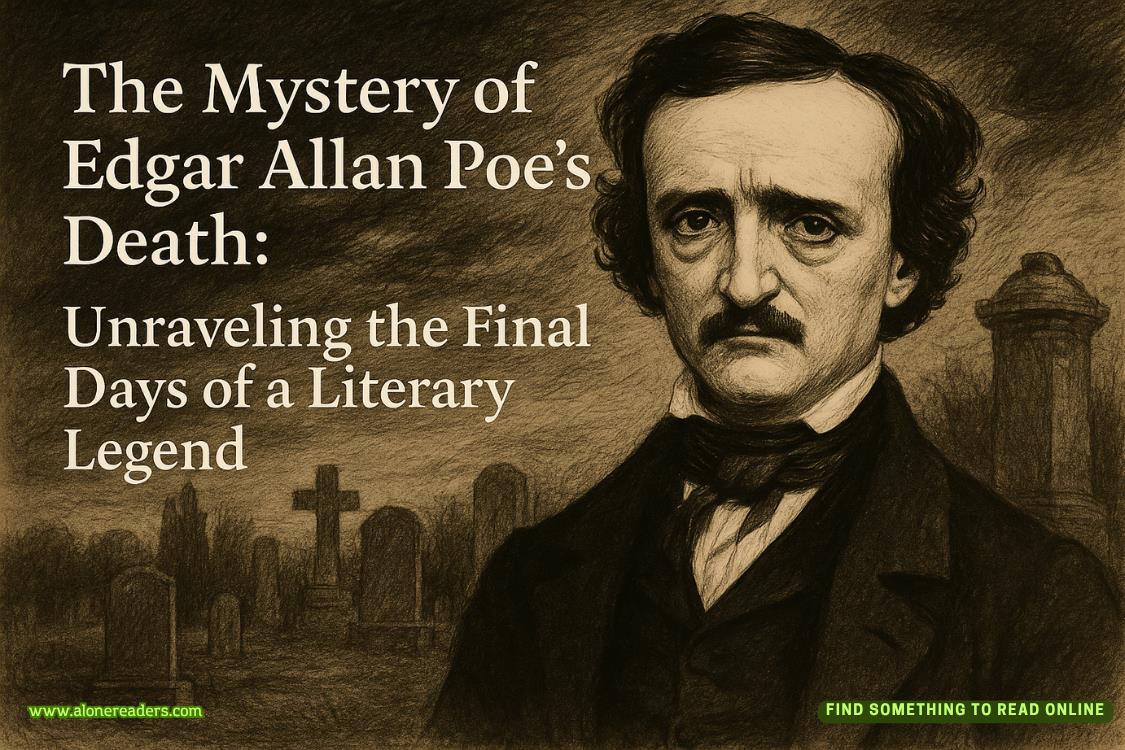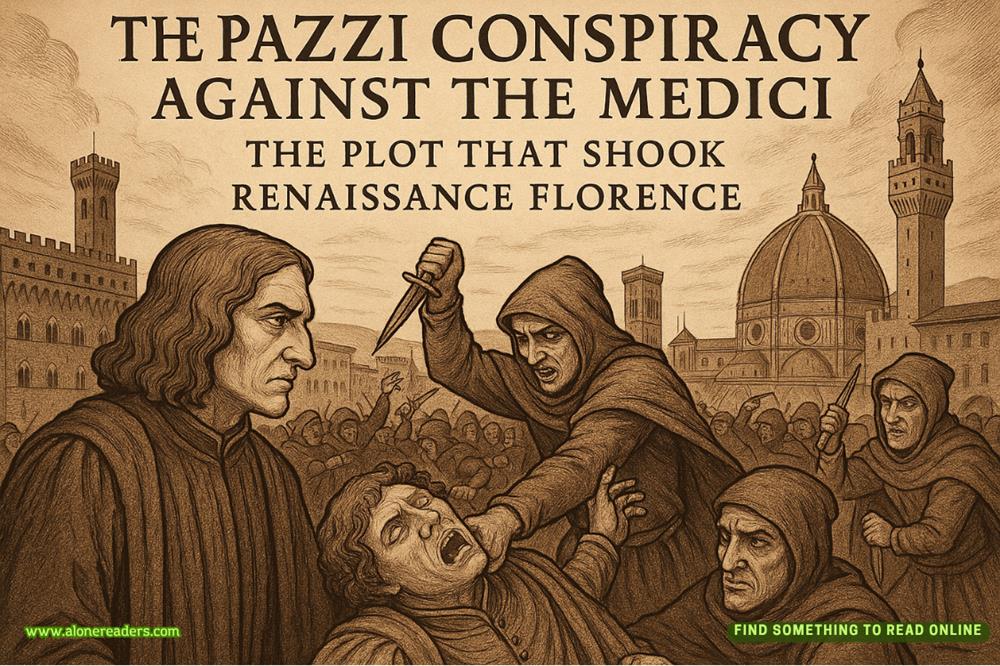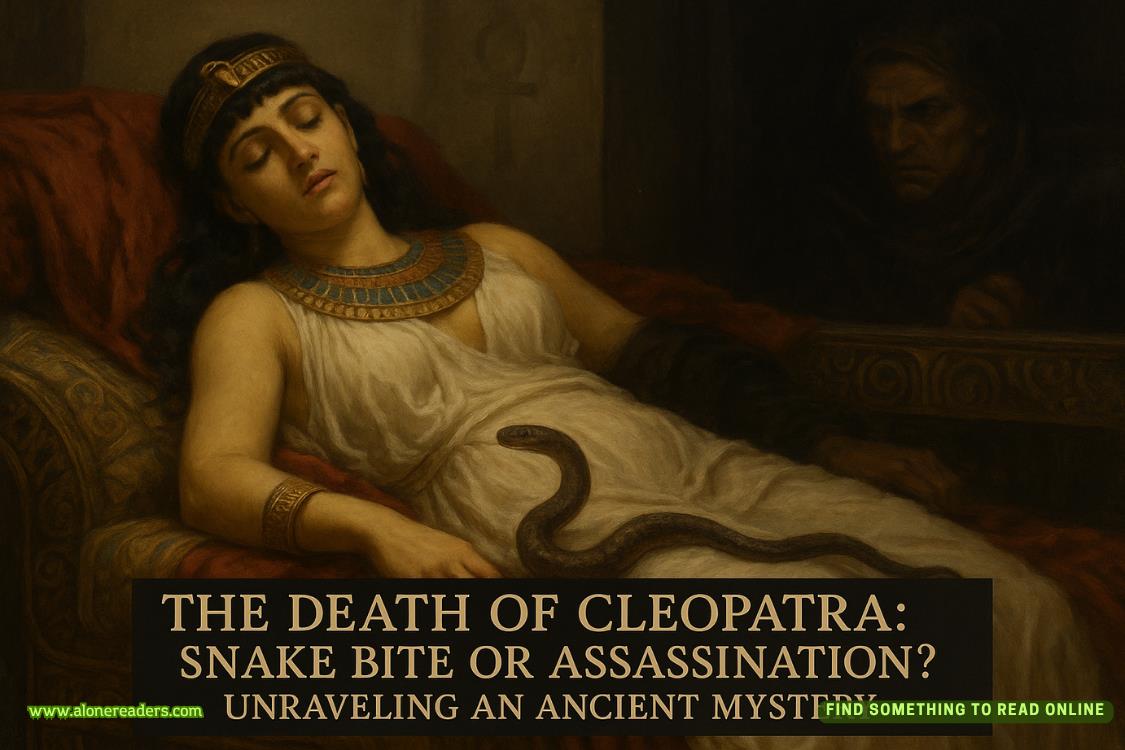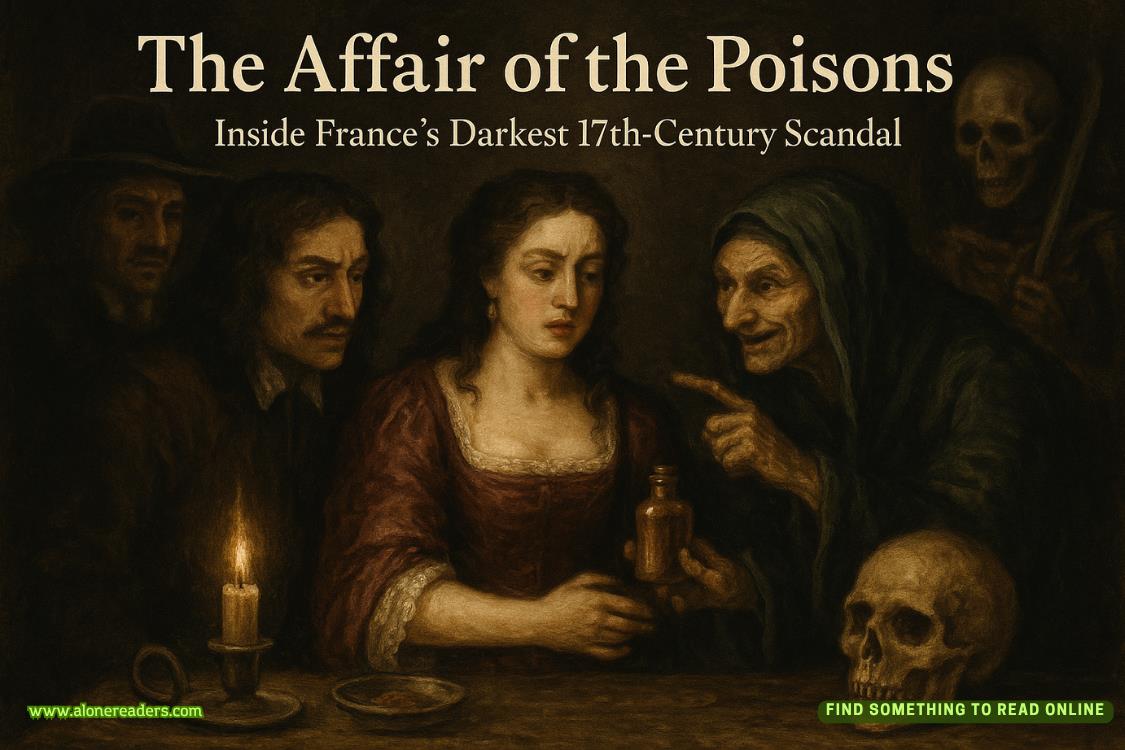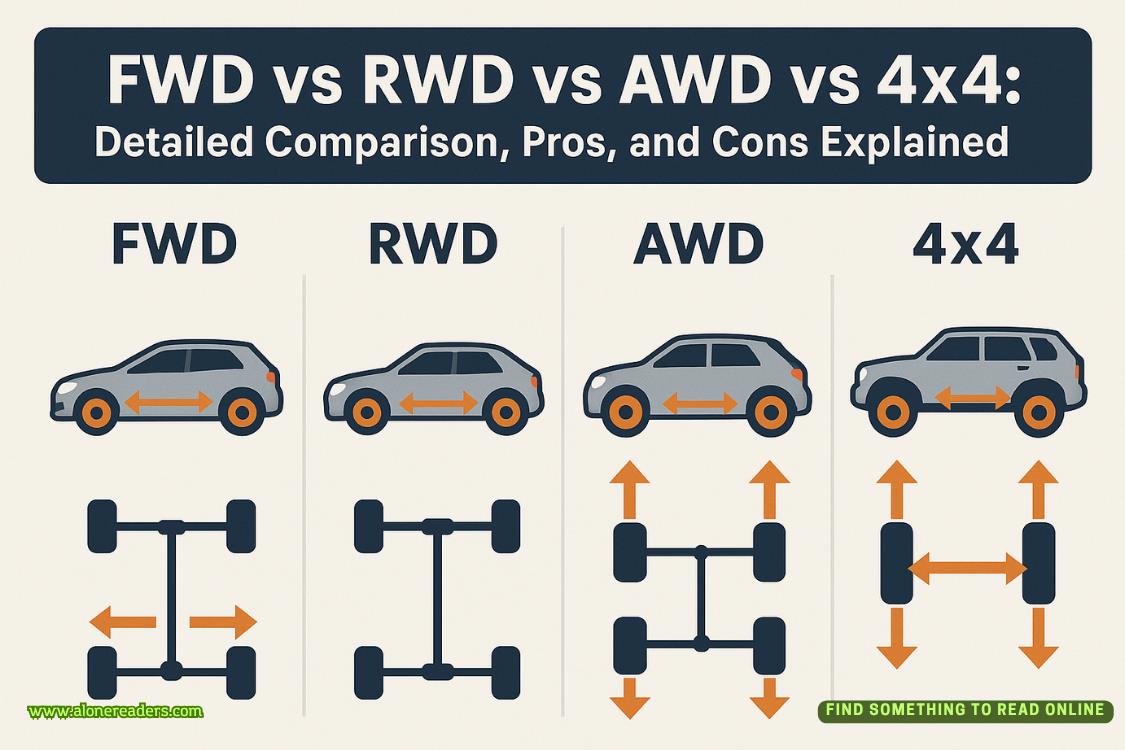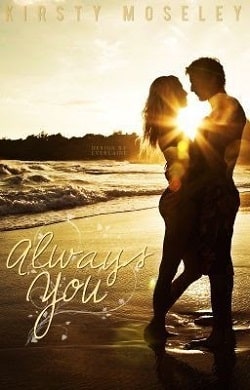‘Thank you for doing this.’
‘Jimmy’s plum pudding looks like Mount Vesuvius. You’re doing me a favour.’
The lighting is good, the environment is clean and Belle is contained in the crush. Three ticks for preparation, but Milly, sobbing in Benedict’s arms, is a mess.
‘Milly!’
When she looks up, I soften my tone.
‘Belle is stressed, so we need to be calm. Would you like to wait in the house?’
‘I want to be here.’ She sniffs. ‘I want to be helpful.’
‘Did you get a close look at Belle before you left for Julia’s? What time was that?’
‘We put her in the pen around five and left just after six.’
‘You would have noticed if the placental membranes, the water sac, was visible.’
‘There was nothing.’
‘We’ve read up on the early signs,’ Benedict says. ‘She wasn’t noticeably uncomfortable or kicking at her belly, nothing like that.’ ‘It’s unlikely she was in labour before seven, and now it’s only ten. I’ll examine her and see what position the calf is in and we’ll go from there.’
As soon as I climb the rungs of the crush and, gloved and lubricated, push aside Belle’s tail and examine her, it’s clear the calf is breech. I know the theory on how this works, but I’ve only ever delivered a replica breech calf from a replica cow in a university laboratory.
‘Cameron?’
He’s standing close. ‘What’s going on?’
‘The calf is coming rear first. No hind hoofs visible.’
‘Shit.’
Most calves are born in an anterior position, with their heads and two front feet coming first through the birth canal. In the posterior position, the rear end of the calf presents first. Sometimes the hind hoofs are visible and, if the legs are straight, a calf might be born without intervention. In Belle’s case, the calf ’s rump, positioned as it is, is blocking the birth canal and there’s no sign of the hoofs.
‘I won’t be able to turn the calf, but I’ll try to reposition it.’
I’m dimly aware of what’s going on around me. Benedict’s shaky voice as he reassures Milly that Belle is in safe hands. Cameron handing up a bucket so I can clean Belle’s rear end, then passing up a towel, clean gloves and more lubricant. Once I’m examining Belle again, it’s only her, me and, in my mind, Professor Owosu.
Professor Owosu, a final year lecturer in livestock practice, was, with good reason, concerned that my textbook knowledge exceeded my technical skills. Whenever he scheduled a practical examination for my class, I was invariably asked to stay back to receive personal instruction on the replica cow or whatever we were dealing with that day.
This is real life.Check that the cow’s cervix is fully open. Run your hand around the body of the calf and then the pelvis to see there’s capacity for the calf to come through. Check for the tail. The hind legs have to come through the birth canal first. For that to happen, push the calf’s rump out of the way to make space. My arm inside Belle up to my shoulder, I find the first hoof and could cry with relief if only I had the breath when I find the second. I pull them firmly towards me to align the calf’s hips and straighten its legs. A shift. The grip of a contraction. I’m not sure whether it’s me pulling or Belle pushing, but I withdraw my arm and two hind hoofs emerge.
‘Good work, baby.’
I’m not sure whether Cameron’s words are for the calf or me, but his tone is the same as it was when I was in pain and he crouched by the sofa in the cabin.
While I catch my breath, Milly and Benedict ask Cameron questions. He answers honestly: the calf is in a better position than it was, but we still have to get it out and as Belle has been in labour for a while, there’ll be no guarantees the calf will be alive when we do that. A minute passes. Five minutes. Nothing. I’d prefer not to have to pull the calf out by force, but it’ll be sure to die if we don’t.
‘Cameron?’
He climbs up the rung. ‘Do you want the chains?’
‘Can we try manually first? I’ll check how Belle is doing while you glove up.’
Soon, Cameron and I are both straining and sweating as we take one hoof each and pull until the legs are through.
‘I’ll take another look.’




